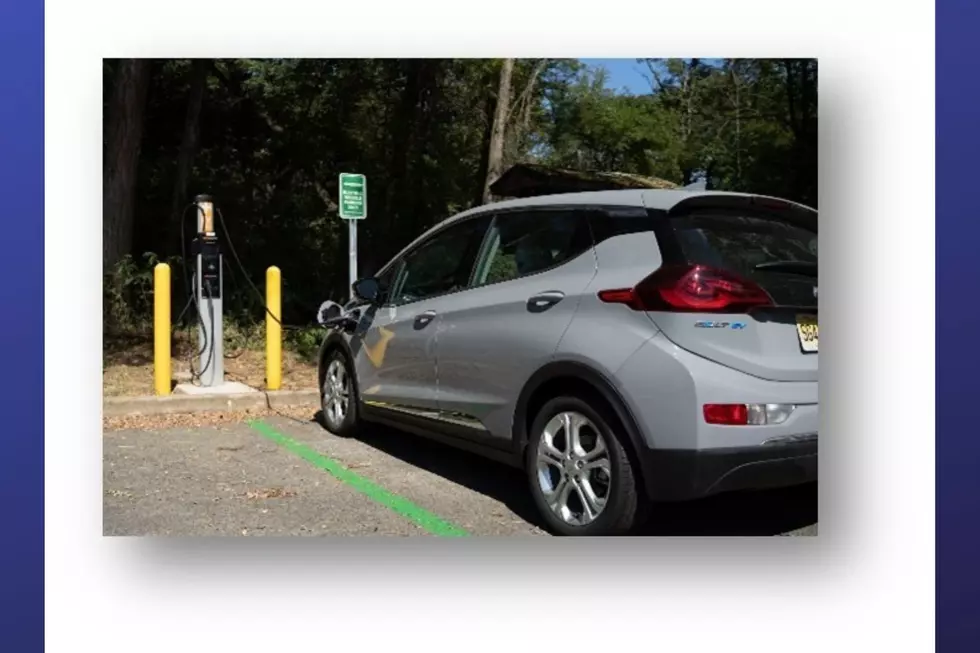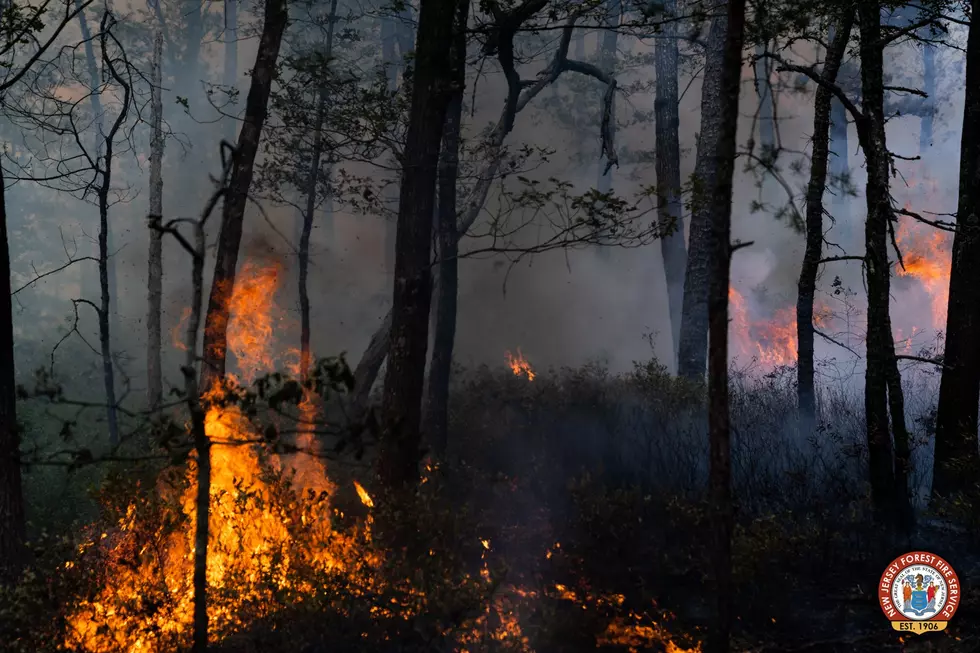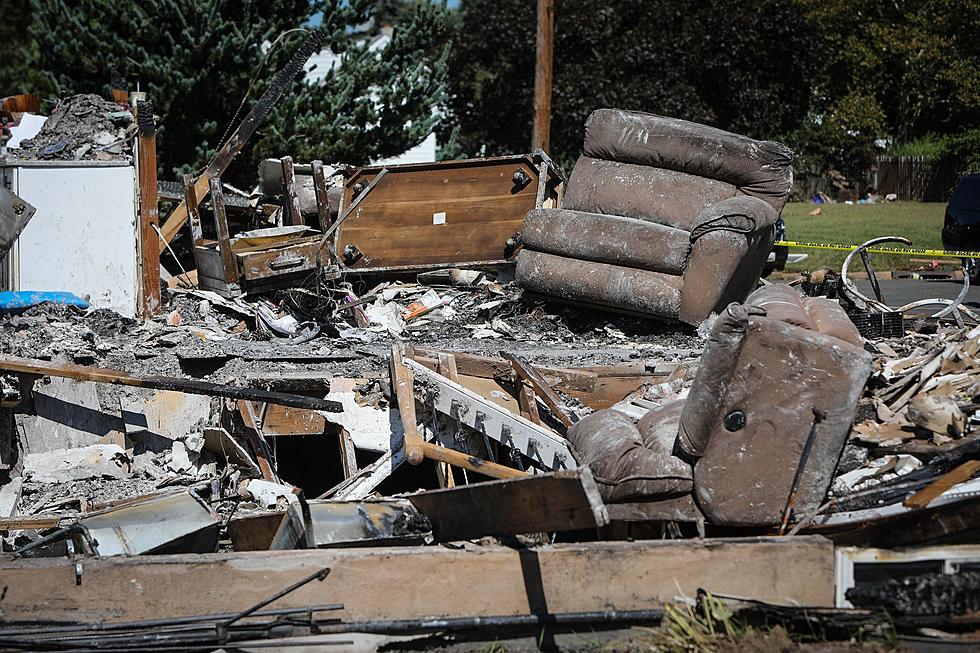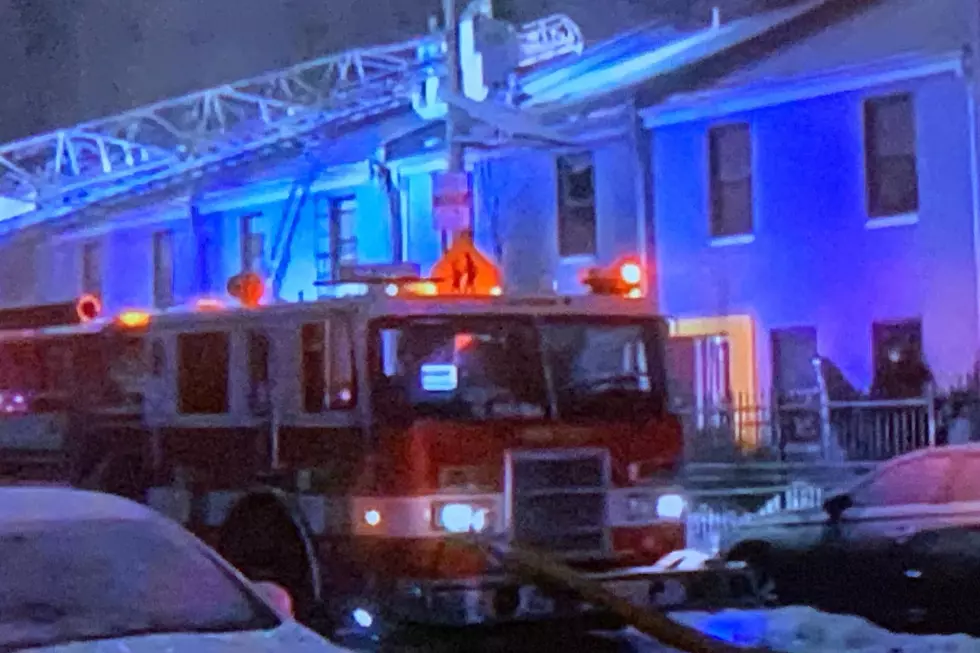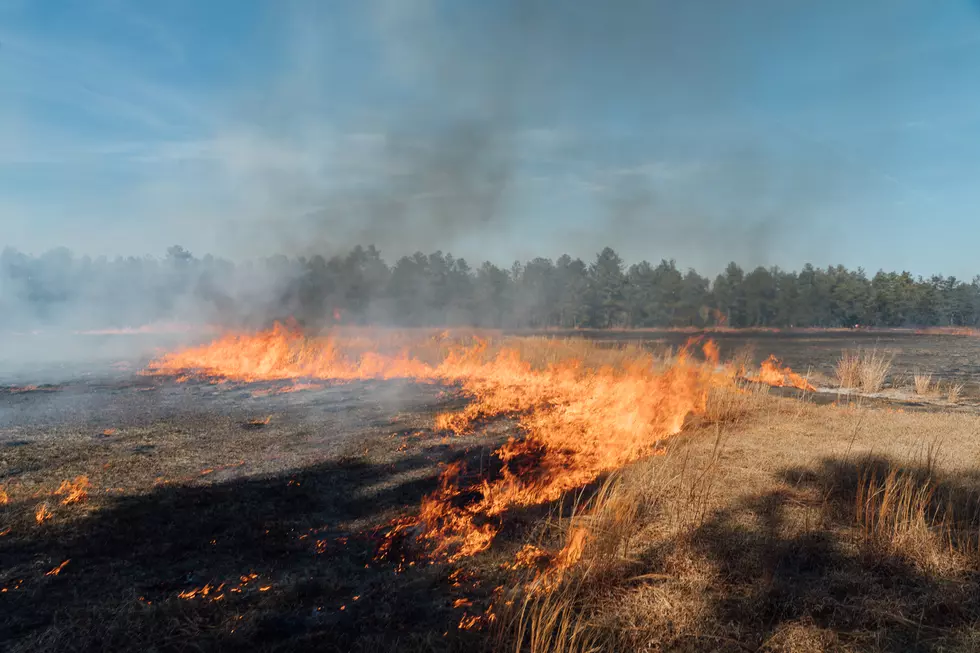
NJ not in a position to see Australia-like wildfires, official says
A wide-scale, catastrophic wildfire scene like the one unfolding in Australia likely wouldn't occur in the Garden State, officials say. But changing climate patterns are making an impact here on the way experts work to prevent disaster, and for how long they need to be on high alert for an outbreak.
New Jersey has been home to an average of 844 forest fires annually over the past five years, state data shows. The overwhelming majority, though, are contained to a half-acre or smaller, according to New Jersey Forest Fire Service Chief Gregory McLaughlin.
"We use a tower system that helps us detect fires quickly," McLaughlin said. "We have specialized equipment that allows us to actually go into the woods and use a technique we call direct attack, where we can suppress those fires quickly."
The prime wildfire season in New Jersey runs from the middle of March until the middle or end of May, McLaughlin said. When danger is high, the state utilizes assistance from contracted aircraft to support a rapid response.
According to preliminary 2019 data from the state Department of Environmental Protection, New Jersey's forests saw 734 fires throughout the year, making an impact on at least 12,000 acres. More than 11,000 acres were consumed by a late March wildfire in the Pinelands.
Acre damage amounted to 1,359 in 2018, and 6,564 in 2017. More than 1,000 fires were recorded in 2015 and 2016.
"We can't necessarily predict when and where it's going to happen, unlike a hurricane or tornado or other natural disasters where we have a lot of data ahead of time," McLaughlin said.
There's concern, however, that the prime time for fires in the Garden State will continue to expand as weather patterns evolve. A "year-round" wildfire threat is becoming more common across the country and globe, according to McLaughlin.
Abnormal stretches of weather have made an impact on proactive efforts in the state, he added. New Jersey recently dealt with one of the warmest winters on record, followed immediately by the wettest year in New Jersey history — both translate into fewer opportunities for officials to conduct prescribed burns, the go-to approach for thinning a forest's fuel load so any future unplanned fires create minimal damage.
Three factors contribute to wildfire, no matter where you are — weather; fuels, such as trees and brush; and human activity.
"We do have some of the ingredients for large fire growth ... But I don't think we are in a place right now where we would be subjected to the level of devastation that (Australia is) experiencing," McLaughlin said.
More from New Jersey 101.5:
Contact reporter Dino Flammia at dino.flammia@townsquaremedia.com.
More From New Jersey 101.5 FM
